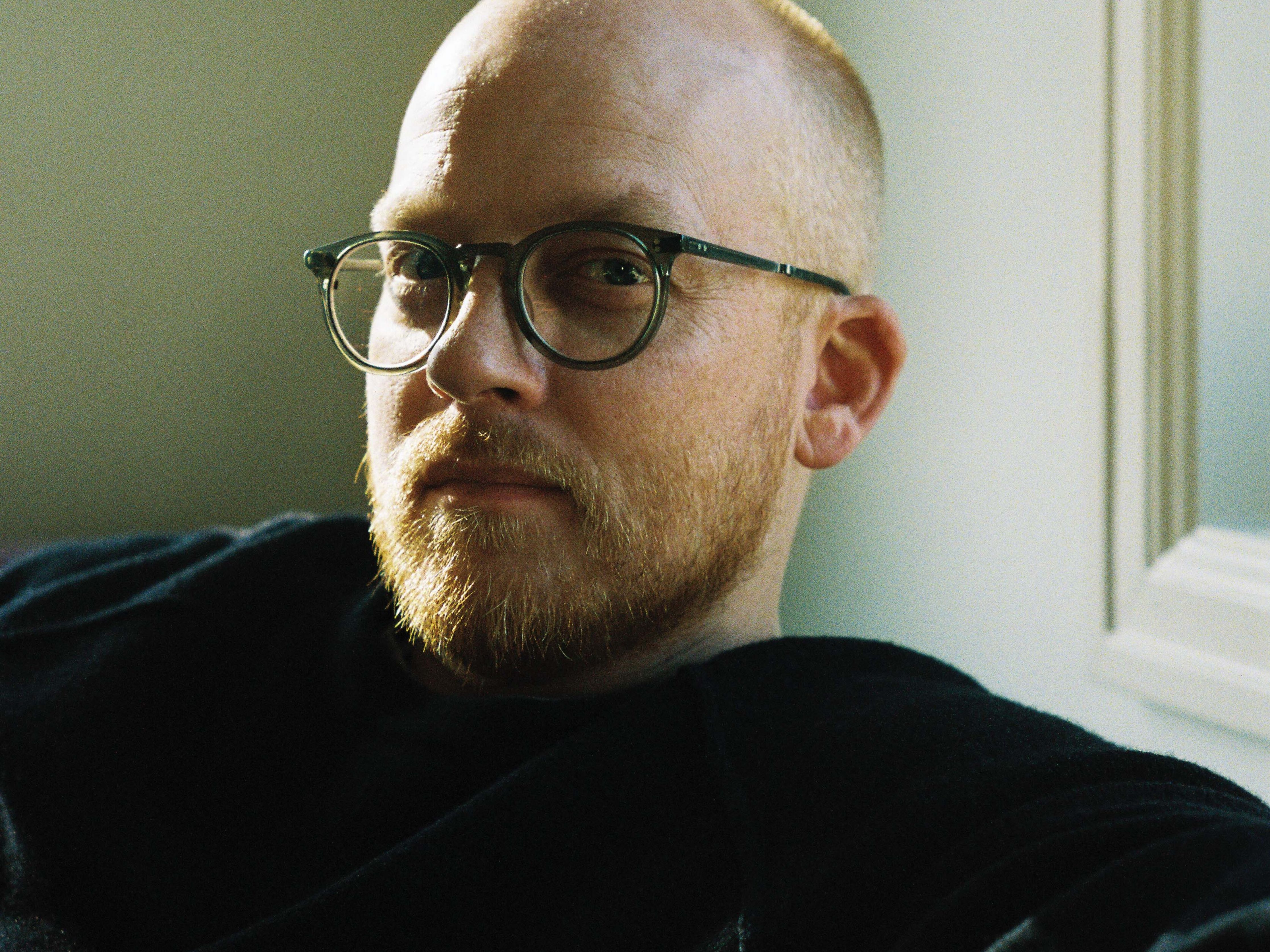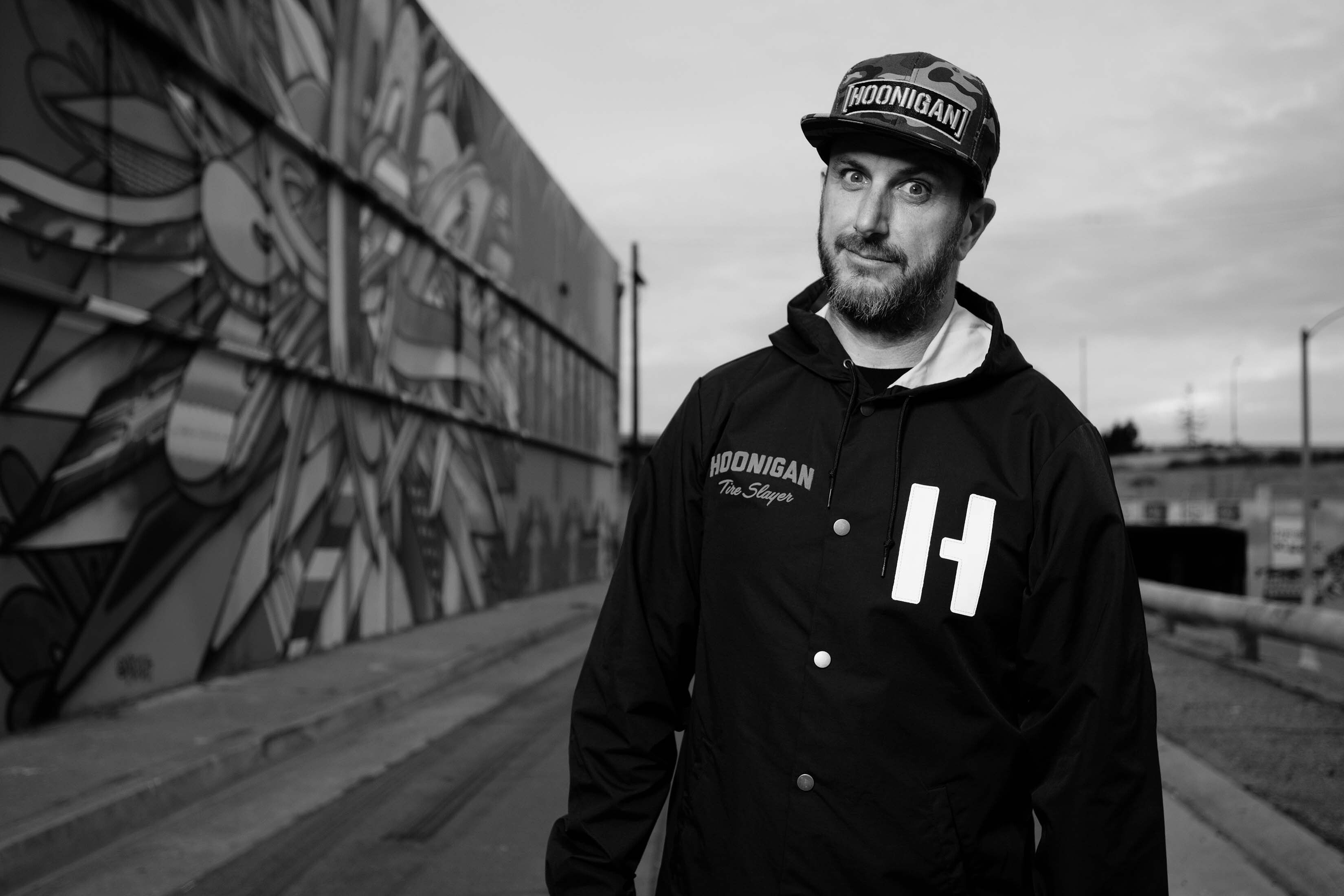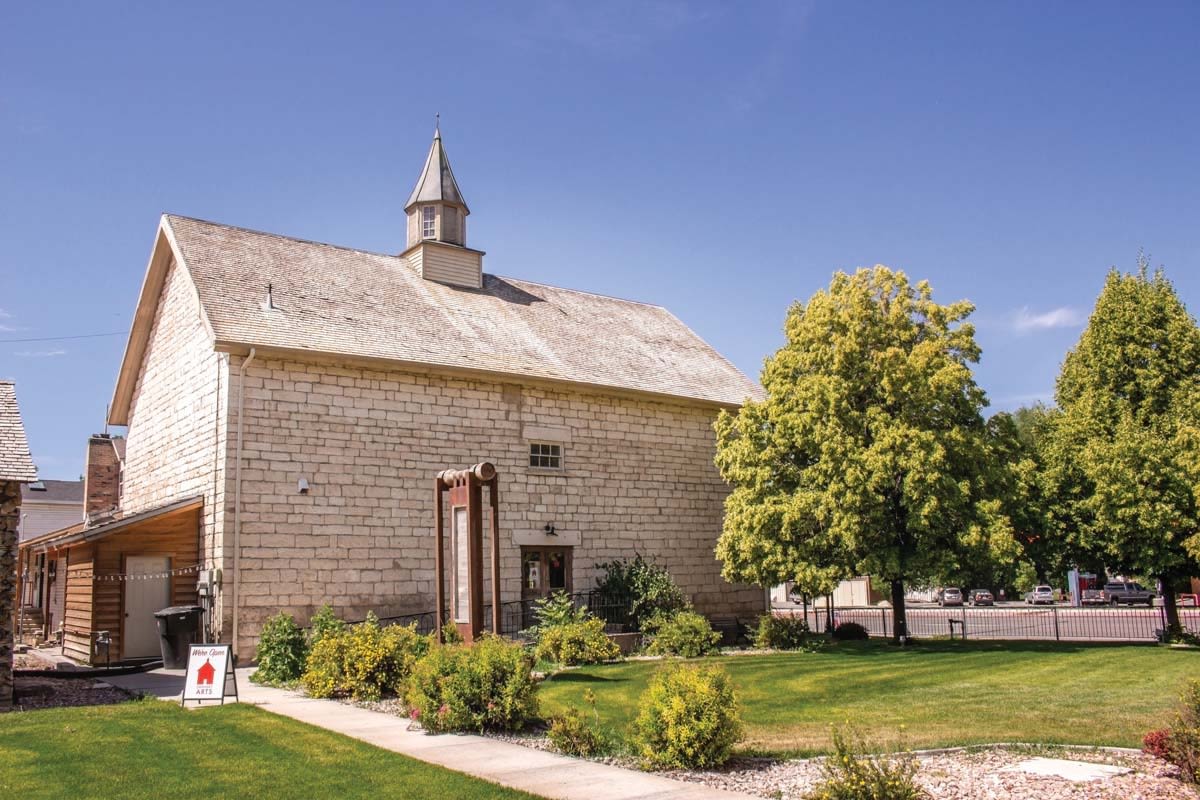True Colors

Water Study 001, 36 x 36 in., 2012.
For Susan Swartz’s many fans in Park City, it has been thrilling to watch her heady ascent from local artist in the early 1990s to national and international star, culminating with a recent show at the Belgravia Gallery in London (Susan Swartz: Breath of Nature).
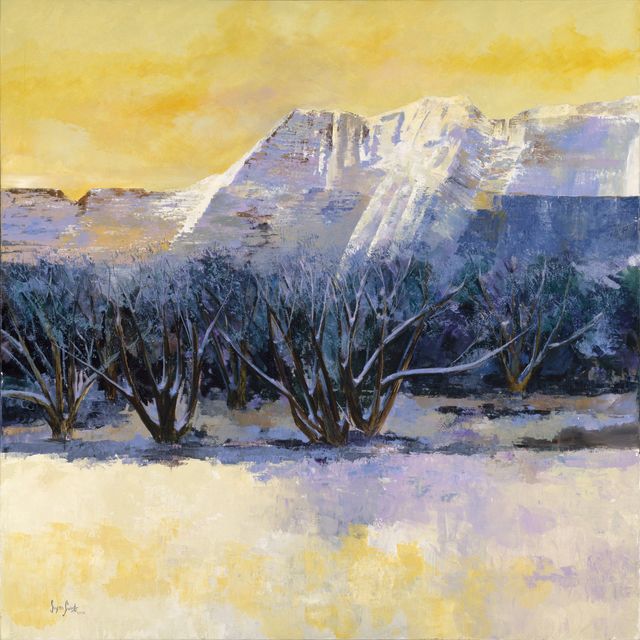
Soldier Hollow, 60 x 60 in., commissioned by the 2002 Olympic Winter Games committee.
Trained in a realistic mode using oils and watercolors, Swartz first exhibited her paintings here in 1994 at the Kimball Art Center. Gallery offers for shows followed, and she never looked back. She progressed to working with acrylic paints and large canvases, while nurturing an enduring love for the aspen trees that dot our Wasatch Mountains. Her paintings of the trees, destined to become her signature works, showed a passion for color and featured asymmetrical positioning that gave them a unique definition.
Over time, Swartz began to move from a realistic to an impressionistic style in her work; as has been the case for many impressionistic painters, the palette knife became as important a tool for her as the brush. Light took on new importance in her images as it shimmered through the trees, creating dramatic effects. Many homes in Park City are graced with her renditions of the aspens in all four seasons.
The 2002 Olympic Winter Games represented a huge breakthrough for Swartz: she was designated an Official Olympic Artist. Her commission to paint Mount Timpanogos as the dramatic backdrop for the site of the Nordic races and biathlons excited art-world fans and athletes, too—100 of them signed another of Swartz’s paintings, which was auctioned for the charity Olympic Aid, and sold for $155,000.
The next decade saw a change of direction in Swartz’s art: she began to explore new ways to paint the transcendental beauty she imagines and sees in nature. “My works start off with a feeling,” she explains. “Sometimes I lie in bed in the morning, feeling the divine hand of the natural world, and an image will come to me.” Swartz spends hours in her studio listening to classical music as she moves from canvas to canvas, working them until she is satisfied. “Sometimes it is very hard to leave a painting—it’s almost like a child,” she says, “but at some point, it’s time to put it to bed.”
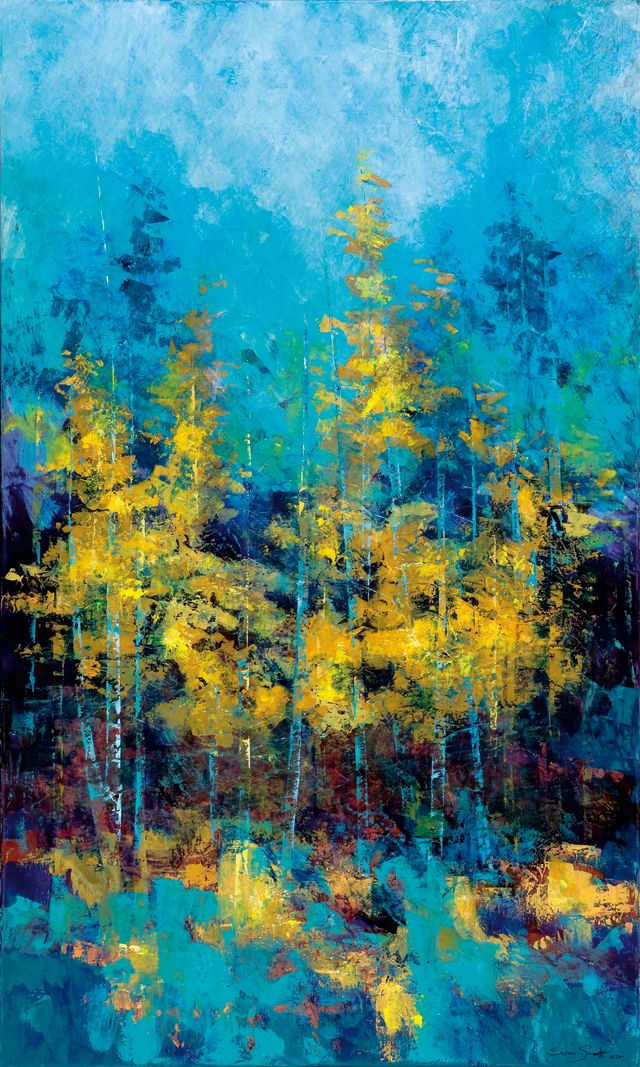
Turquoise Spontaneity, 36 x 60 in., 2009.
During these years, while Swartz’s professional career soared with exhibitions at the Utah Museum of Fine Arts (2008) and the Springville Museum of Fine Arts (2009), Swartz battled life-threatening health issues. She developed a serious case of mercury poisoning, most likely after eating fish from polluted waters. She became so ill that at one point she had trouble even holding a paintbrush.
“There were times,” she remembers, “that I was so weak that I would paint for half an hour and then just lie on the floor waiting for the strength to continue. If I couldn’t actually paint, I’d just paint in my mind.” With chelation therapy to remove the heavy metals from her body, a vegetarian diet, and other holistic treatments, Swartz’s health began to improve, but the ordeal had a lasting effect on her priorities that intensified when she was diagnosed with Lyme disease a few years later. She and her husband, Jim Swartz, founded Impact Partners, an organization that supports documentary films that shed light on social and environmental injustices. They joined other health activists backing films such as Under Our Skin (a documentary about Lyme disease) and Mercury Rising (a film about the dangers of mercury poisoning from pollutants in the sea and air), along with the Oscar-winning film The Cove.
When Swartz could work, a fragile, threatened natural world surfaced with a new intensity on her canvases, replacing the serene landscapes of her previous paintings. Colors sharpened, and churning ocean scenes evoking the maelstroms of J.M.W. Turner revealed the strong emotions behind the paintings.
The year 2011 would become a landmark in Swartz’s career. When her work was showcased in a solo exhibition at the National Museum of Women in the Arts in Washington, DC, Susan Fisher Sterling, the museum’s director, stated, “Pulsating with dazzling color, Susan Swartz’s abstract landscapes simultaneously articulate her awe of the natural world and her rallying cry for its preservation.” Swartz also presented the first of three annual solo exhibits in Florida art fairs with Michael James Fine Art. Results were so rewarding that in February 2013, James featured her most recent paintings at Palm Beach’s prestigious American International Fine Arts Fair.

Swartz with then-Gov. Jon Huntsman in 2008 at the gala fundraiser for her solo exhibition at Utah Museum of Fine Arts.
Swartz is modest, however, about her successes, and credits them all to a more universal creator. A cofounder of Park City’s Christian Center and a member of Harvard Divinity School’s Dean’s Council, she signs all her work with her signature and the initials “GTG” (Glory to God), and says she is grateful to a higher power for giving her the voice and the talent to express her reverence for the world around us.

